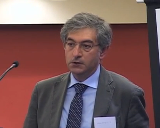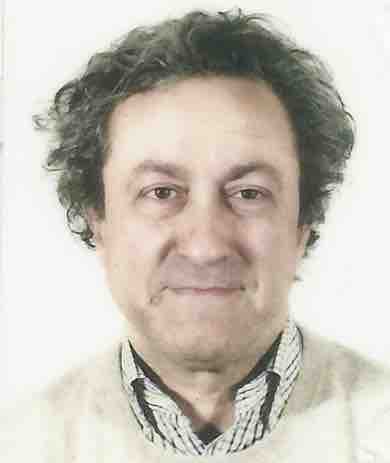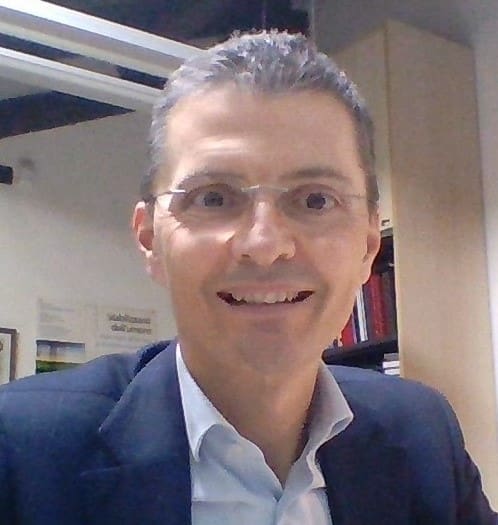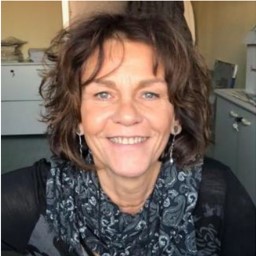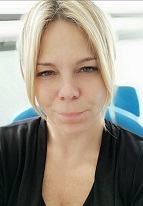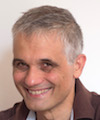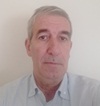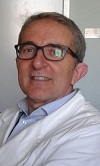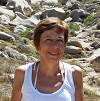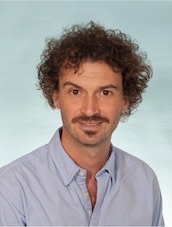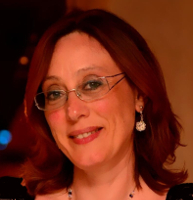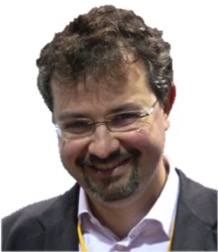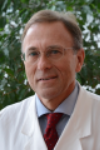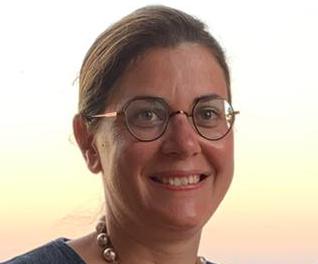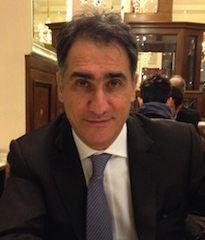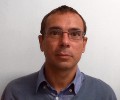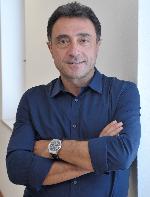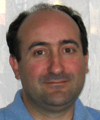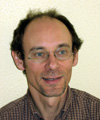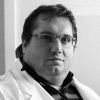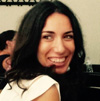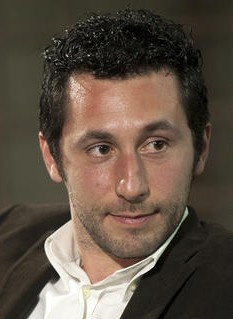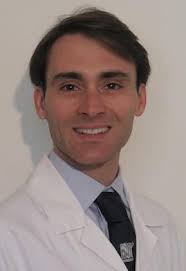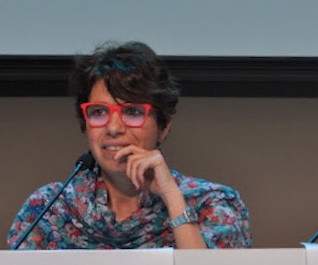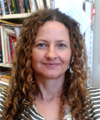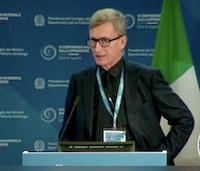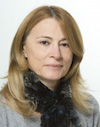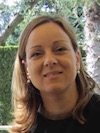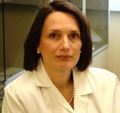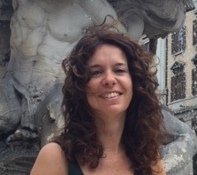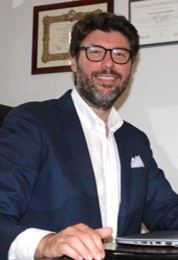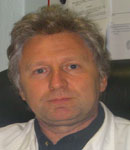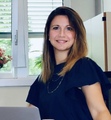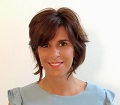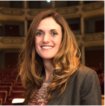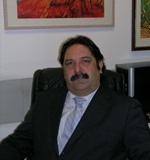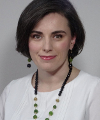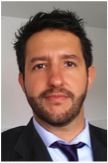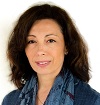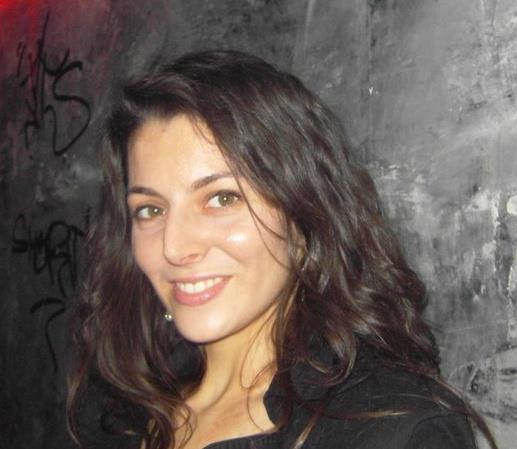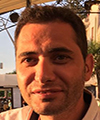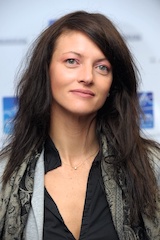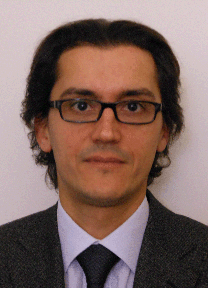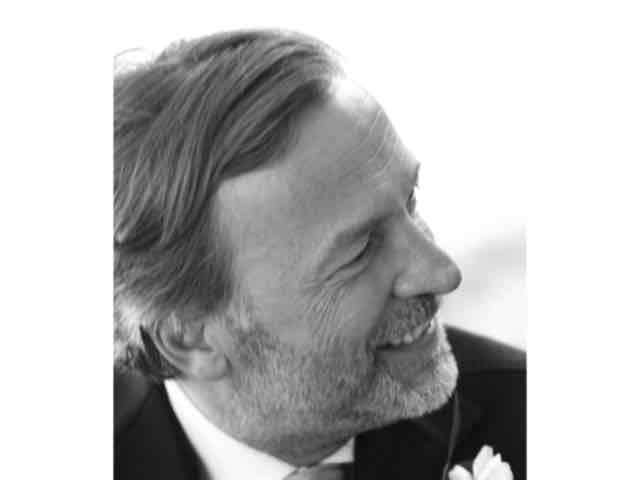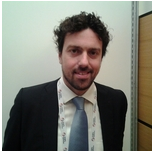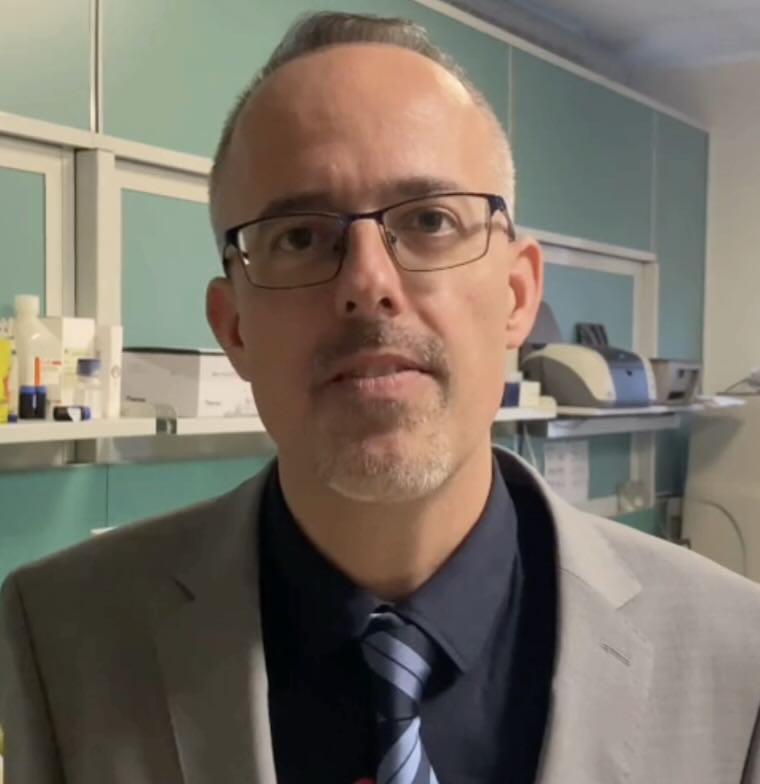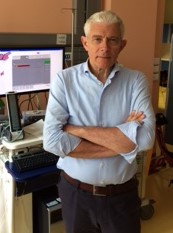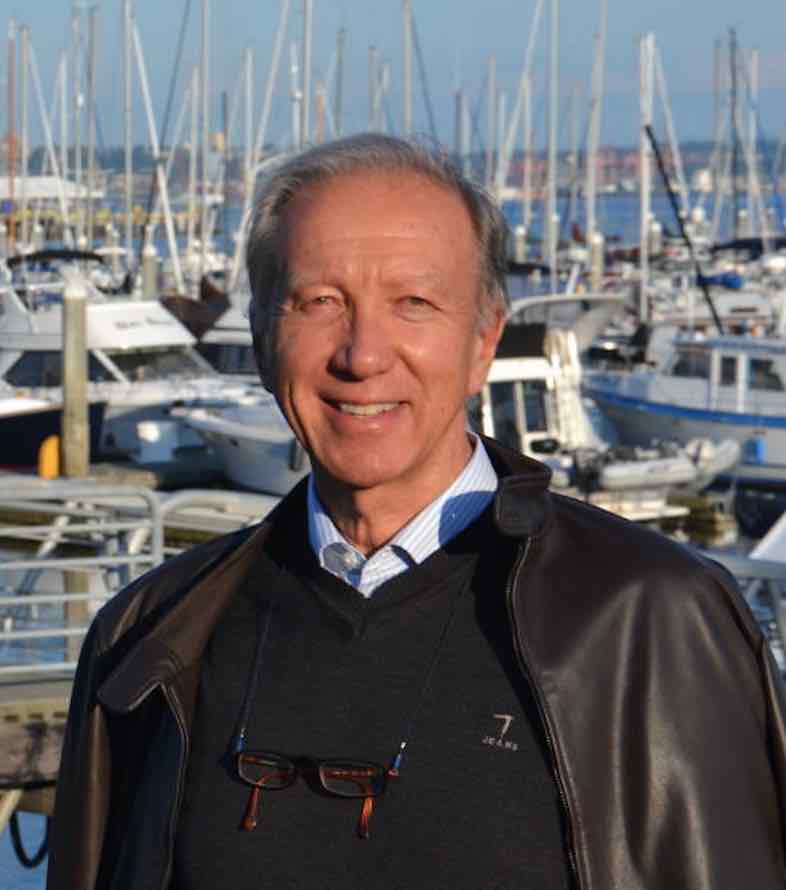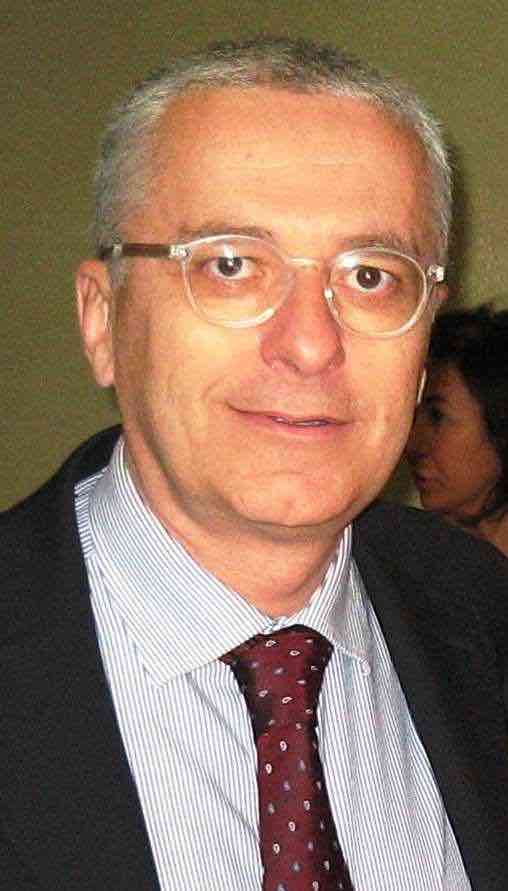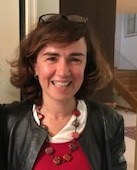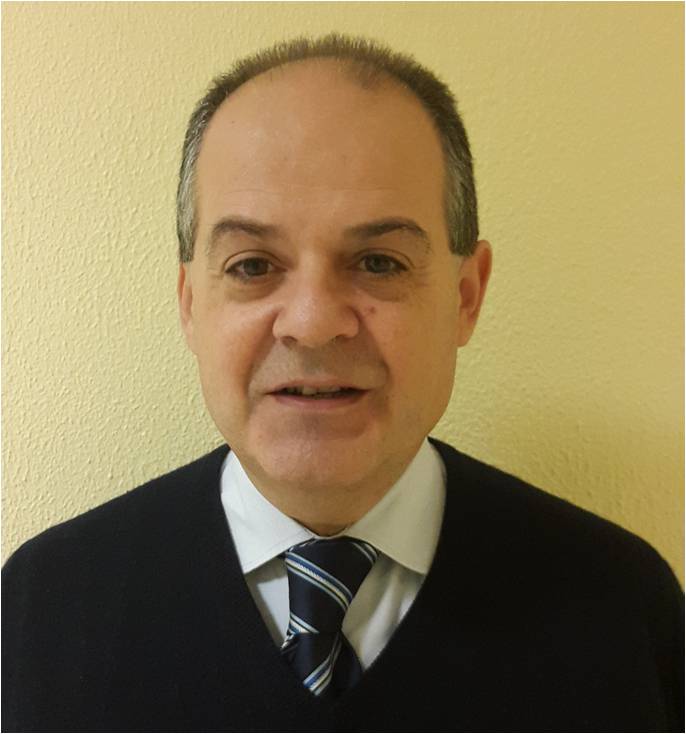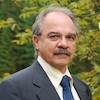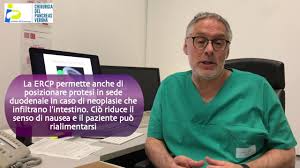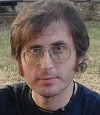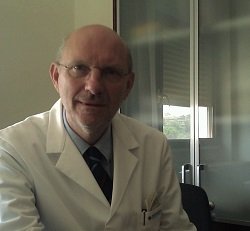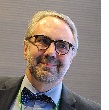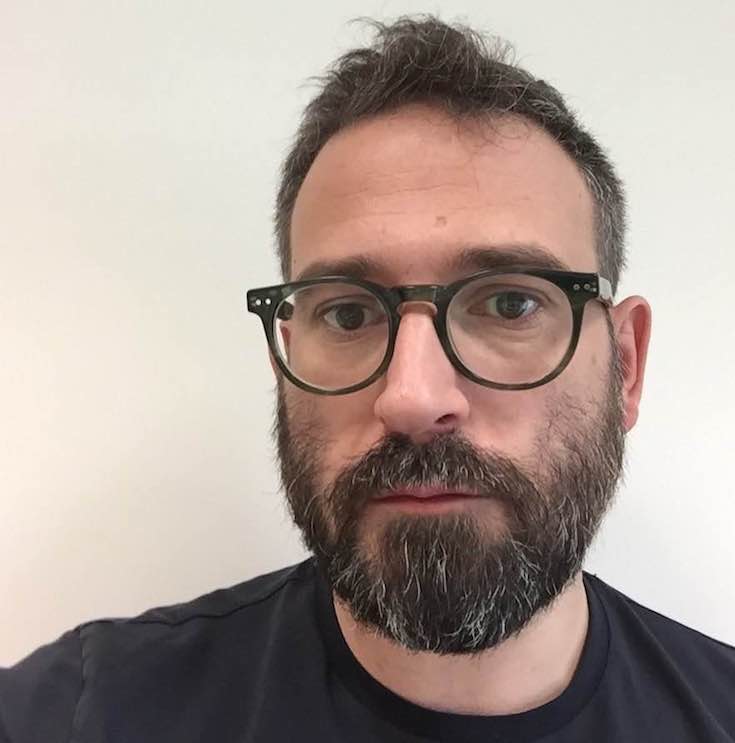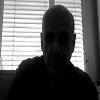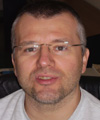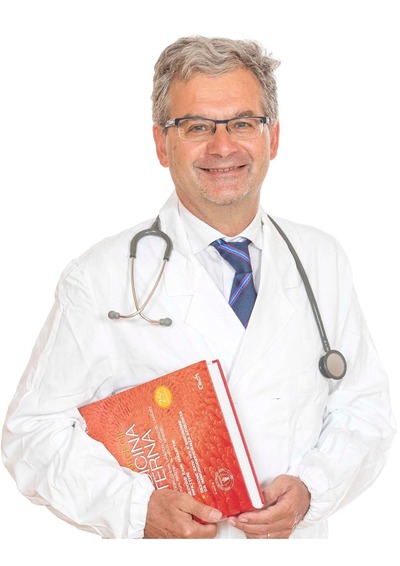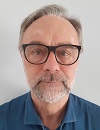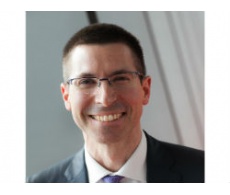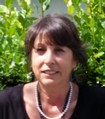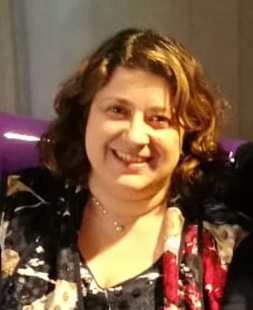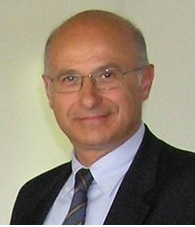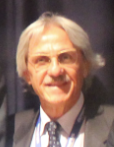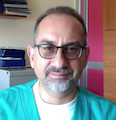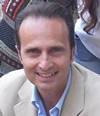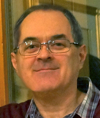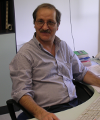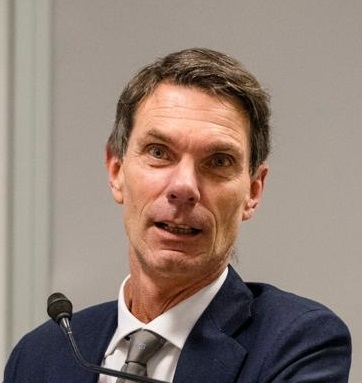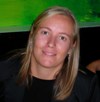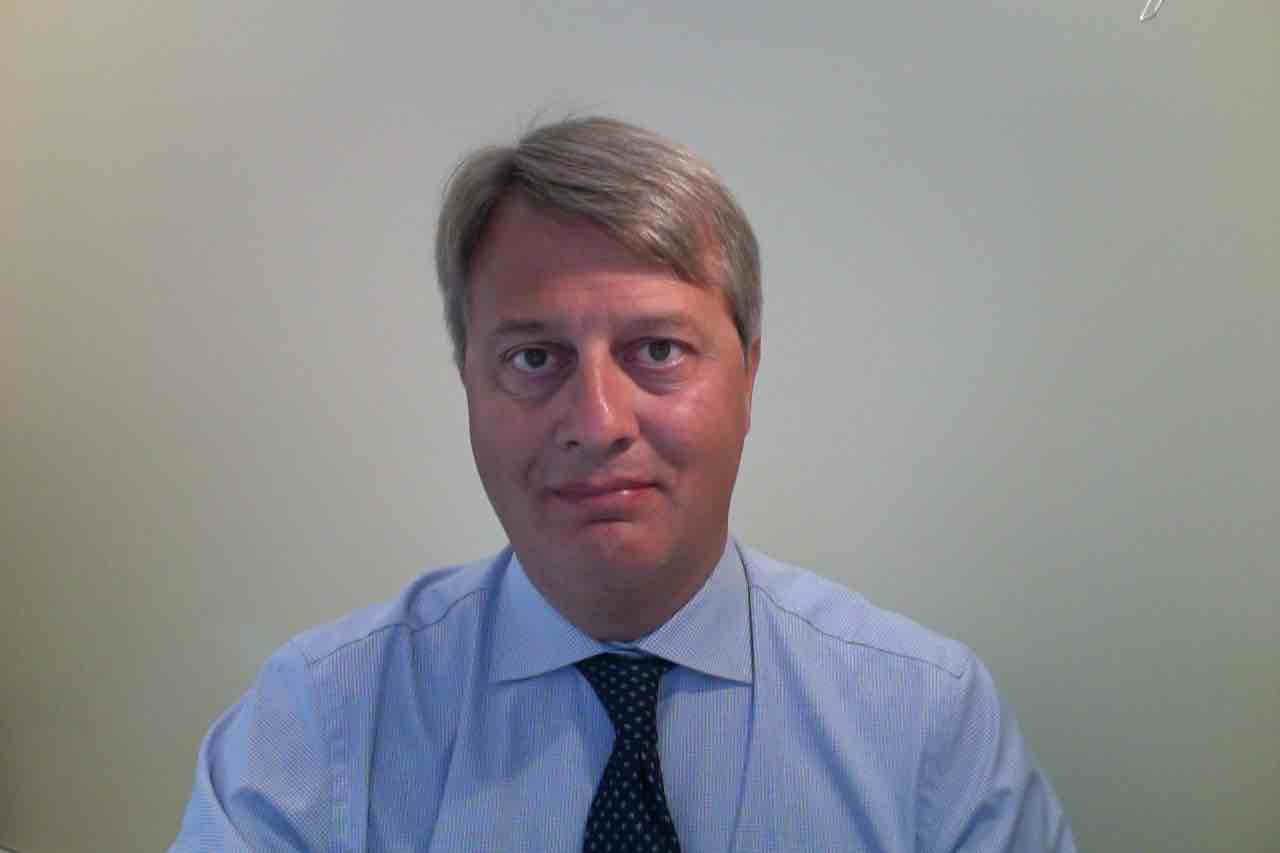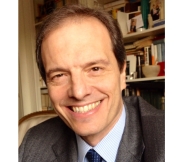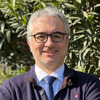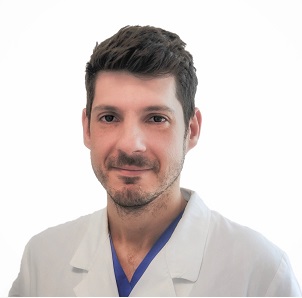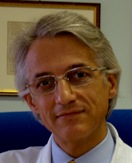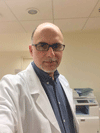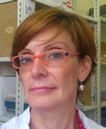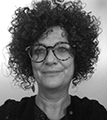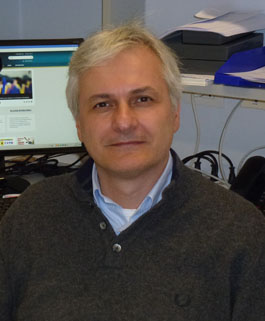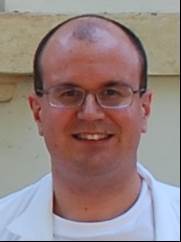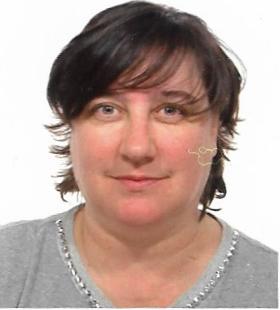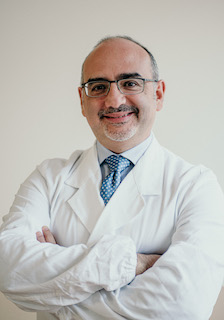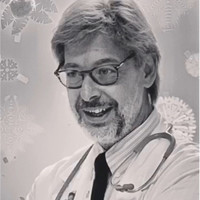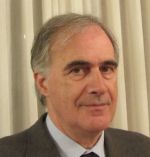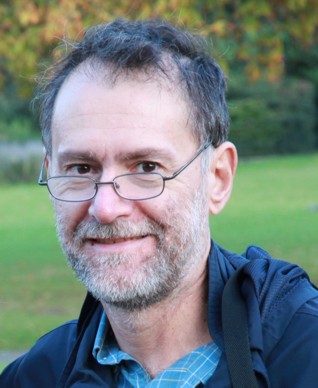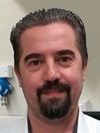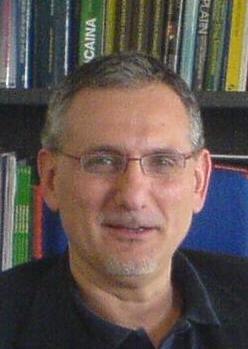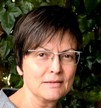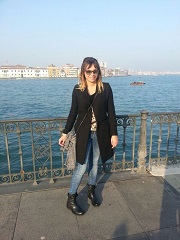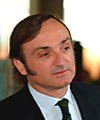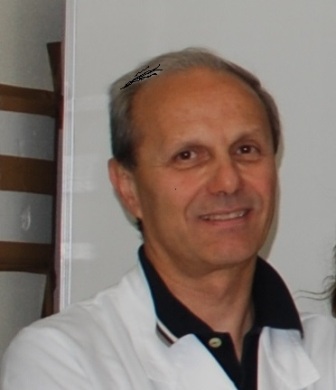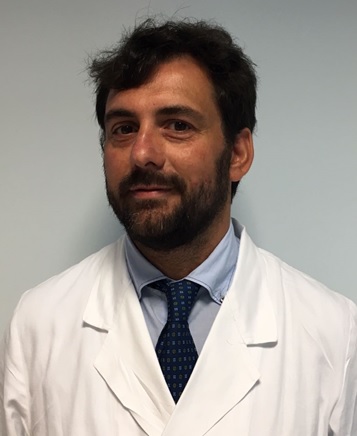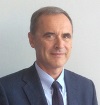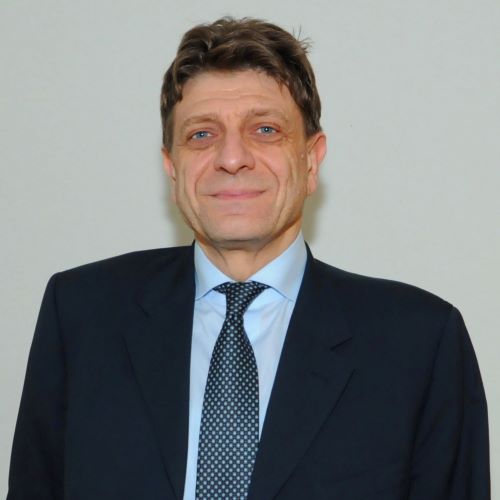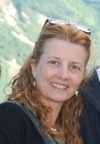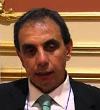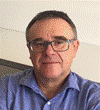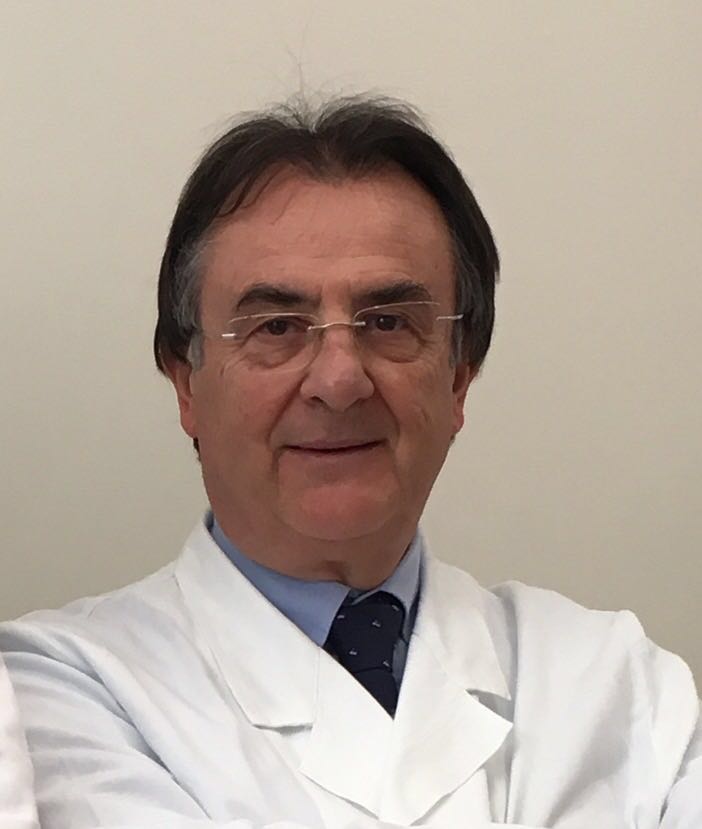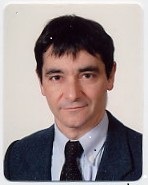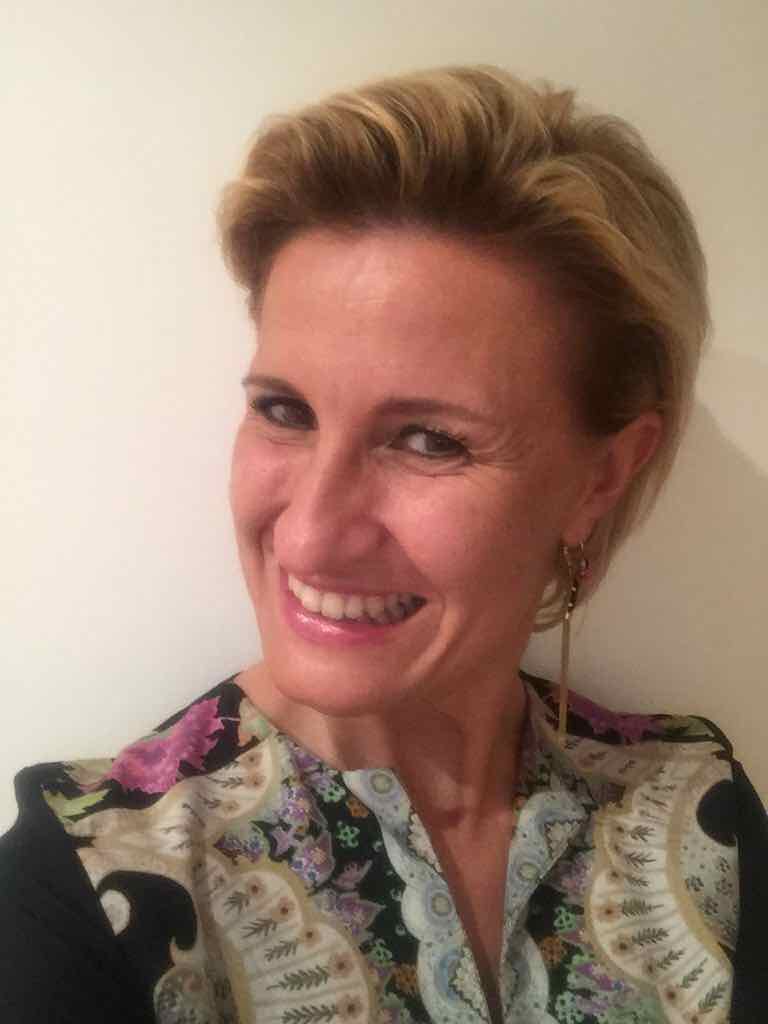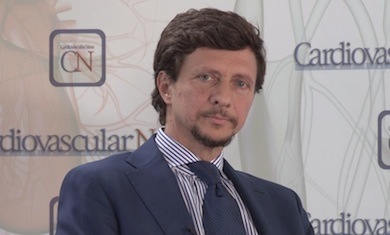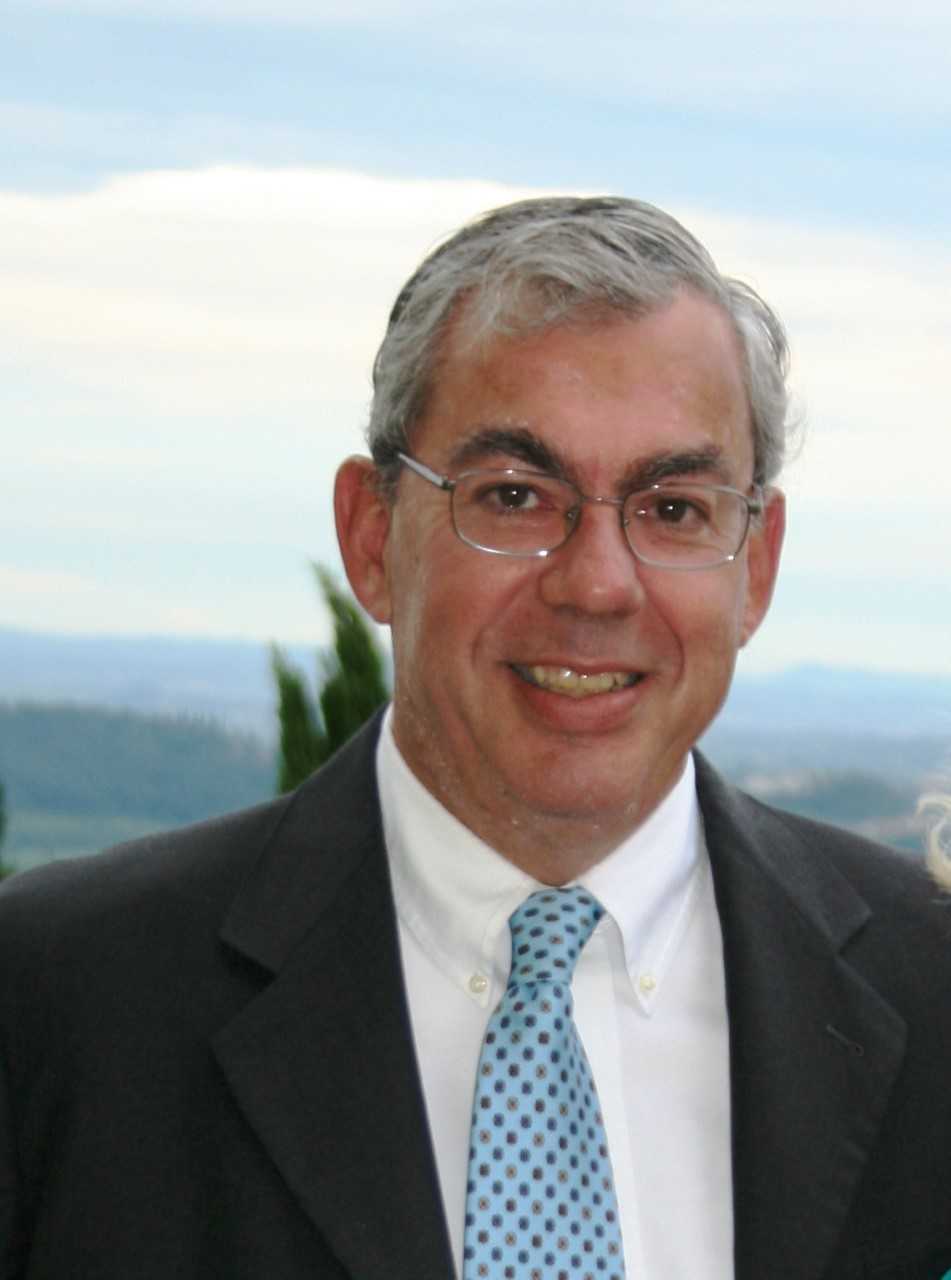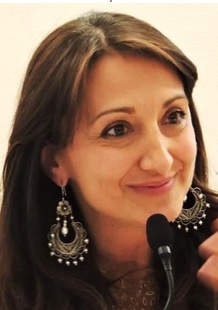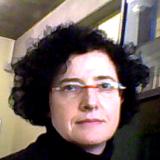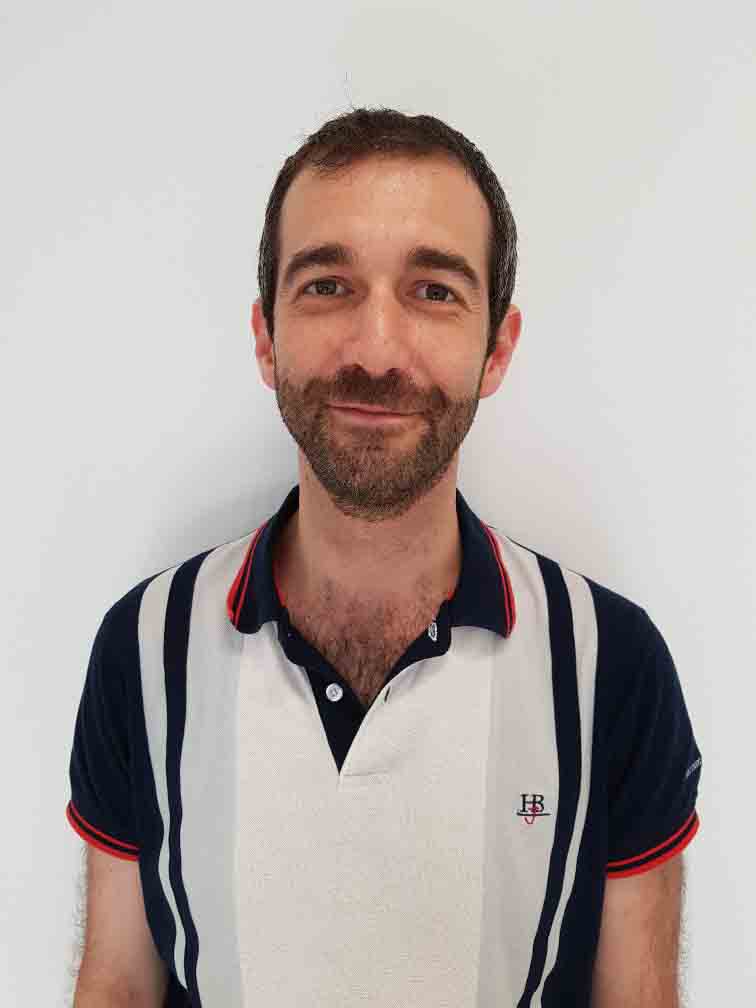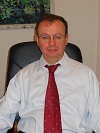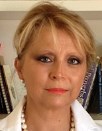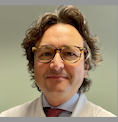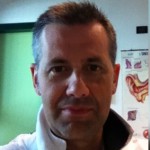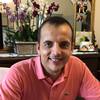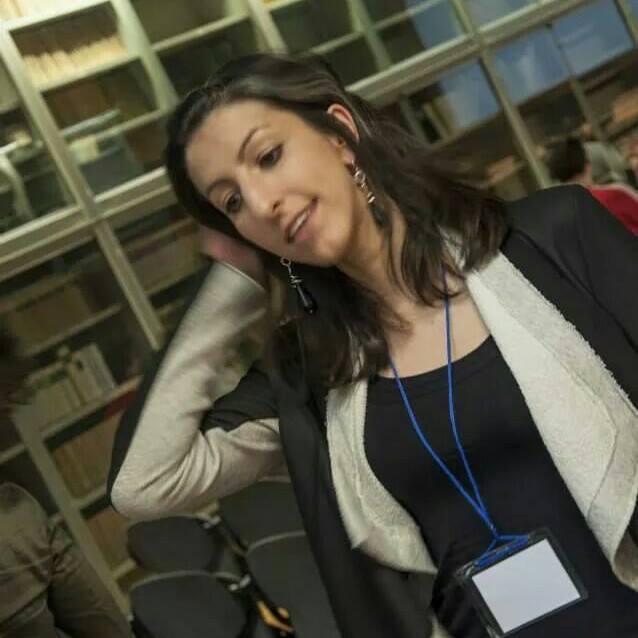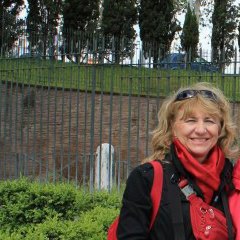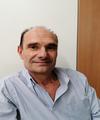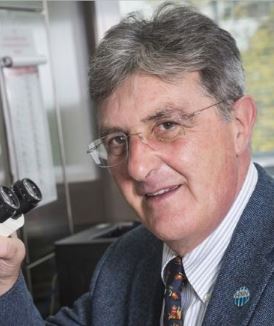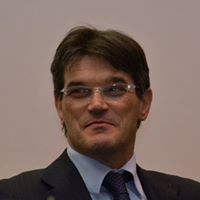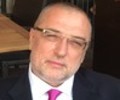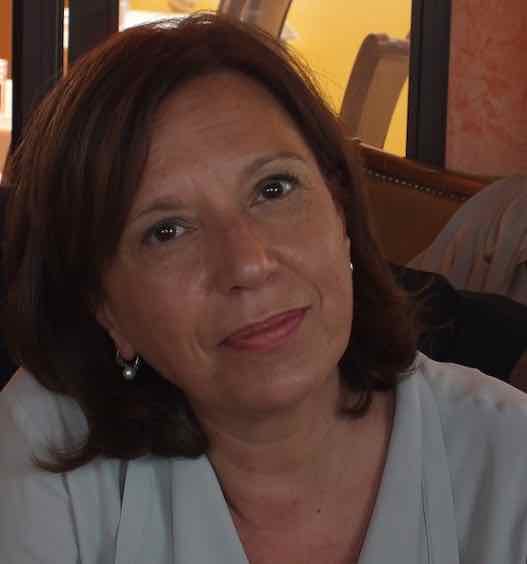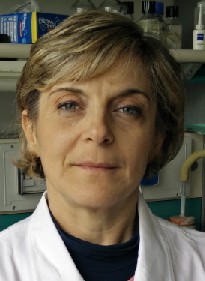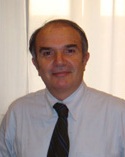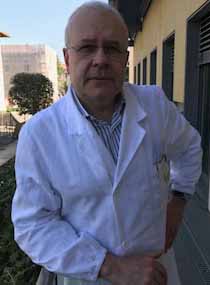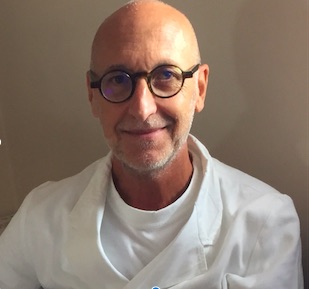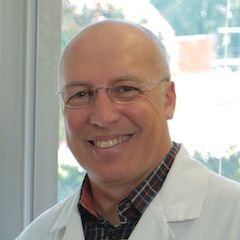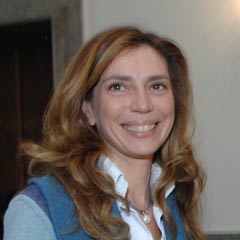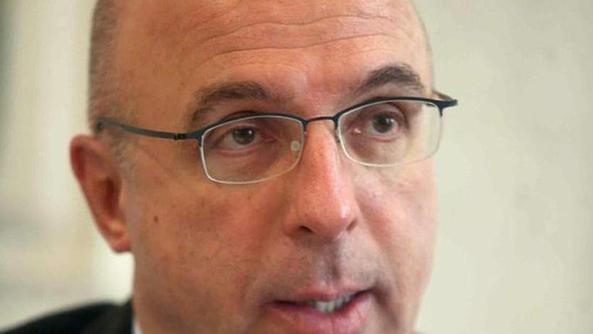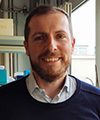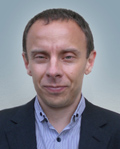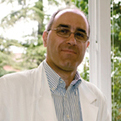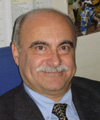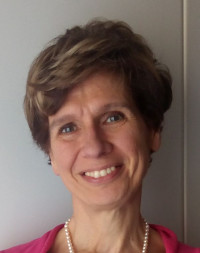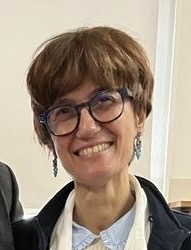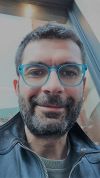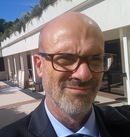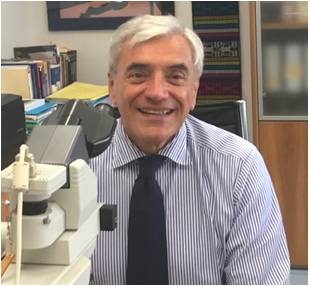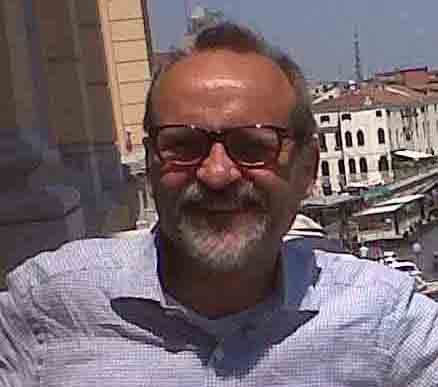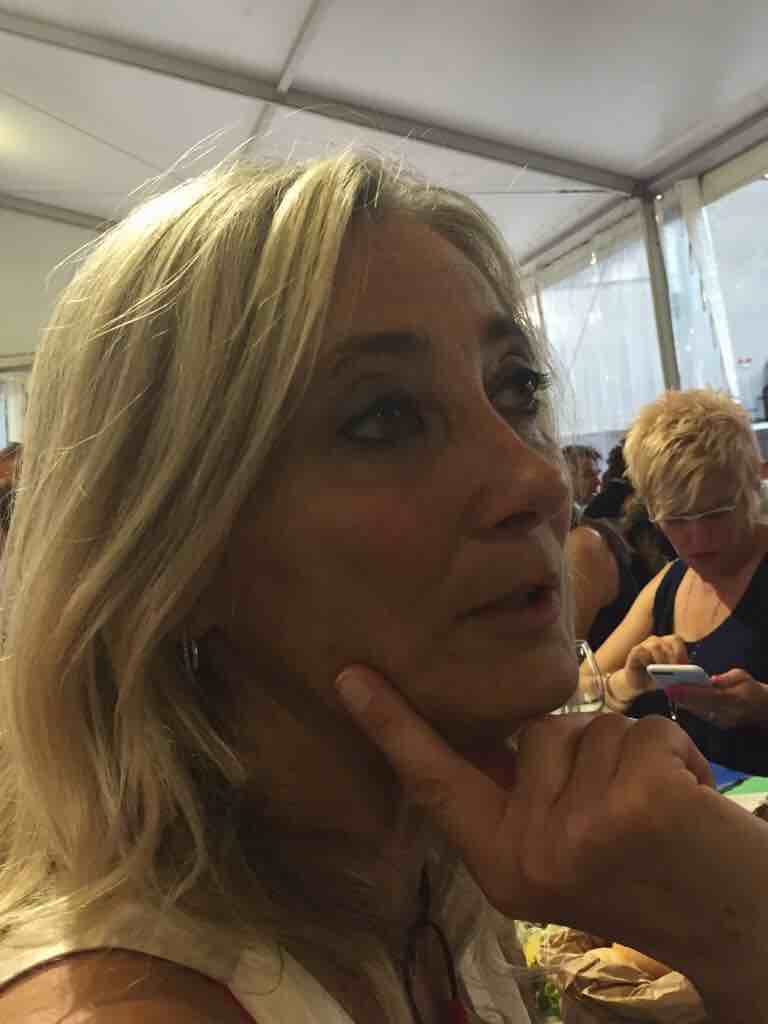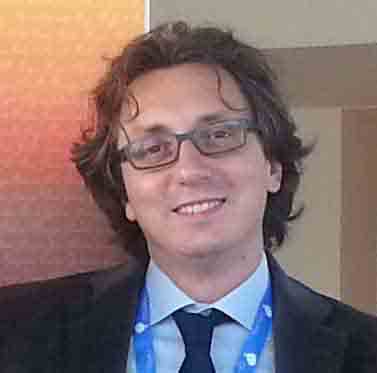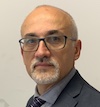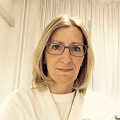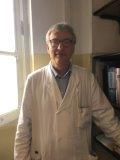Studying at the University of Verona
Academic calendar
The academic calendar shows the deadlines and scheduled events that are relevant to students, teaching and technical-administrative staff of the University. Public holidays and University closures are also indicated. The academic year normally begins on 1 October each year and ends on 30 September of the following year.
Course calendar
The Academic Calendar sets out the degree programme lecture and exam timetables, as well as the relevant university closure dates..
| Period | From | To |
|---|---|---|
| Lezioni 1° semestre 2°- 6° anno | Oct 3, 2016 | Dec 22, 2016 |
| ACCOGLIENZA MATRICOLE - ORE 9.00 - AULA D ISTITUTI BIOLOGICI | Oct 6, 2016 | Oct 6, 2016 |
| Corsi elettivi 1° semestre | Oct 10, 2016 | Dec 22, 2016 |
| Lezioni 1° semestre 1° anno | Oct 10, 2016 | Jan 13, 2017 |
| Progress test 2016 | Nov 16, 2016 | Nov 16, 2016 |
| Lezioni 2° semestre - 6° anno | Jan 30, 2017 | Apr 28, 2017 |
| Lezioni 2° semestre 1°- 5° anno | Feb 20, 2017 | May 26, 2017 |
| Corsi elettivi 2° semestre | Feb 20, 2017 | May 26, 2017 |
| Session | From | To |
|---|---|---|
| Iscrizione Corsi elettivi 1° semestre | Sep 5, 2016 | Oct 4, 2016 |
| Sessione studenti fuori corso | Oct 1, 2016 | Sep 30, 2017 |
| Sessione invernale 6° anno | Jan 9, 2017 | Jan 27, 2017 |
| Sessione invernale 2°-5° anno | Jan 9, 2017 | Feb 17, 2017 |
| Iscrizione Corsi elettivi 2° semestre | Jan 12, 2017 | Feb 16, 2017 |
| Sessione invernale 1° anno | Jan 16, 2017 | Feb 17, 2017 |
| Sessione estiva 6° anno (Gli esami che prevedono il tirocinio (Clinica Chirurgica, Clinica Medica e Geriatria, Pediatria, Ostetricia e Ginecologia) potranno essere sostenuti solo al termine delle lezioni e dopo aver completato il tirocinio in ciascuna di tali materie. Le propedeuticità vanno comunque rispettate e i laureandi nella sessione di luglio devono terminare gli esami entro il 26 giugno 2017) | May 2, 2017 | Jul 28, 2017 |
| Sessione estiva 1° - 5° anno | Jun 5, 2017 | Jul 28, 2017 |
| Sessione autunnale (i laureandi di ottobre devono terminare gli esami entro il 25.09.2017) | Sep 1, 2017 | Sep 29, 2017 |
| Session | From | To |
|---|---|---|
| Sessione straordinaria 2015-16 | Mar 13, 2016 | Mar 24, 2016 |
| Sessione estiva | Jul 10, 2017 | Jul 28, 2017 |
| Sessione autunnale | Oct 9, 2017 | Oct 20, 2017 |
| Period | From | To |
|---|---|---|
| VACANZE DI NATALE | Dec 23, 2016 | Jan 8, 2017 |
| Vacanze Pasquali | Apr 14, 2017 | Apr 18, 2017 |
| VACANZE ESTIVE | Aug 8, 2017 | Aug 20, 2017 |
| Description | Period | From | To |
|---|---|---|---|
| 2°-5° anno: attività pratiche e tutoriali 1° semestre | 2°-5° anno: attività pratiche e tutoriali 1° semestre | Oct 3, 2016 | Oct 3, 2016 |
| 6° anno:Tirocinio professionalizzante 1° semestre | 6° anno:Tirocinio professionalizzante 1° semestre | Oct 3, 2016 | Dec 22, 2016 |
| 6° anno:Tirocinio professionalizzante 2° semestre | 6° anno:Tirocinio professionalizzante 2° semestre | Jan 16, 2017 | Jun 16, 2017 |
| 1°-5° anno: attività pratiche e tutoriali 2° semestre | 1°-5° anno: attività pratiche e tutoriali 2° semestre | Feb 20, 2017 | May 26, 2017 |
Exam calendar
Exam dates and rounds are managed by the relevant Medicine Teaching and Student Services Unit.
To view all the exam sessions available, please use the Exam dashboard on ESSE3.
If you forgot your login details or have problems logging in, please contact the relevant IT HelpDesk, or check the login details recovery web page.
Should you have any doubts or questions, please check the Enrollment FAQs
Academic staff
 amod101@yahoo.it; antonio.amodio@ospedaleuniverona.it
amod101@yahoo.it; antonio.amodio@ospedaleuniverona.it
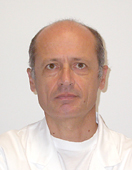
Bisoffi Zeno
 zeno.bisoffi@sacrocuore.it
zeno.bisoffi@sacrocuore.it
 +390456013326
+390456013326
 rebecca.casari@aovr.veneto.it
rebecca.casari@aovr.veneto.it

Cornaglia Giuseppe
 giuseppe.cornaglia@univr.it
giuseppe.cornaglia@univr.it
 045 8027196
045 8027196
 roxannebarbara.doerr@univr.it
roxannebarbara.doerr@univr.it
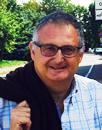
Fabrizi Gian Maria
 gianmaria.fabrizi@univr.it
gianmaria.fabrizi@univr.it
 +39 0458124461
+39 0458124461
 giuseppe.faggian@univr.it
giuseppe.faggian@univr.it
 marco.ferdeghini@univr.it
marco.ferdeghini@univr.it
 045 812 47 84 (Segreteria) 045 802 74 89 (Segreteria di Istituto)
045 812 47 84 (Segreteria) 045 802 74 89 (Segreteria di Istituto)
 davide.gatti@univr.it
davide.gatti@univr.it
 guido.martignoni@univr.it
guido.martignoni@univr.it
 oliviero.olivieri@univr.it
oliviero.olivieri@univr.it
 +39 045 812 4414
+39 045 812 4414
 sara.pilotto@univr.it
sara.pilotto@univr.it
 daniele.prati@univr.it
daniele.prati@univr.it
 elda.righi@univr.it
elda.righi@univr.it
 antonella.rigo@univr.it
antonella.rigo@univr.it

Rosina Paolo
 paolo.rosina@univr.it
paolo.rosina@univr.it
 +39 045 812 2547
+39 045 812 2547
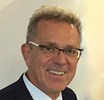
Scuro Alberto
 alberto.scuro@univr.it
alberto.scuro@univr.it
 +39 045 812 4413
+39 045 812 4413
 jacopo.weindelmayer@aovr.veneto.it
jacopo.weindelmayer@aovr.veneto.it
Study Plan
The Study Plan includes all modules, teaching and learning activities that each student will need to undertake during their time at the University.
Please select your Study Plan based on your enrollment year.
1° Year
| Modules | Credits | TAF | SSD |
|---|
2° Year activated in the A.Y. 2017/2018
| Modules | Credits | TAF | SSD |
|---|
3° Year activated in the A.Y. 2018/2019
| Modules | Credits | TAF | SSD |
|---|
4° Year activated in the A.Y. 2019/2020
| Modules | Credits | TAF | SSD |
|---|
5° Year activated in the A.Y. 2020/2021
| Modules | Credits | TAF | SSD |
|---|
6° Year activated in the A.Y. 2021/2022
| Modules | Credits | TAF | SSD |
|---|
| Modules | Credits | TAF | SSD |
|---|
| Modules | Credits | TAF | SSD |
|---|
| Modules | Credits | TAF | SSD |
|---|
| Modules | Credits | TAF | SSD |
|---|
| Modules | Credits | TAF | SSD |
|---|
| Modules | Credits | TAF | SSD |
|---|
Legend | Type of training activity (TTA)
TAF (Type of Educational Activity) All courses and activities are classified into different types of educational activities, indicated by a letter.
Clinical Methodology (2019/2020)
The teaching is organized as follows:
SEMEIOTICA MEDICA
Credits
3
Period
1° semestre
Location
VERONA
Academic staff
Luca Giuseppe Dalle Carbonare
Francesco Fantin
Mauro Zamboni
DIDATTICA PRATICA DI SEMEIOTICA MEDICA
Credits
5
Period
See the unit page
Location
VERONA
Academic staff
See the unit page
Learning outcomes
------------------------
MM: SEMEIOTICA MEDICA
------------------------
At the end of the course, the student will be able to understand the importance of collecting anamnestic data, performing the semeiologic maneuvers, recording and interpreting the main objective signs. Semeiotics (from Greek Semeion = sign) is in fact the discipline regarding the study of the patient through the relief and interpretation of symptoms and signs. The student will acquire the rational and scientific basis for clinical reasoning and the ability to apply a correct methodological process to reach the diagnosis. At the end of the course the student will know the basics of the clinical reasoning and will be able to apply the correct methodology to approach the patient. He/she will be able to perform a clinical interview and to establish an appropriate patient-physician relationship. He/she will be able to understand and interpret the main symptoms and signs in medicine. Through lectures and practical training, the student will be able to perform a comprehensive physical examination, to detect the main symptoms and signs of illness by using standard clinical techniques and procedures, to collect a problem-oriented medical history, to identify active and inactive problems, to identify interrelationships between events, taking into consideration the overall needs of the patients. For this purpose, the student will learn the different stages of experimental and clinical reasoning in their logical and complexaspects, as well as the complexity (psychological, ethical, etc.) of the doctor-patient relationship. He/she will develop interview skills to identify the patient's relevant problems in a reliable and effective way, and will increase communication skills needed to create an adequate relationship with the patient. The student will be able to interpret the main laboratory variables related to the most important diseases (infections, inflammatory and cardiovascular diseases). He/she will also acquire the basic knowledge of instrumental diagnostics methods used in clinical practice. By the end of the course students will be able to: 1. Perform a general and specific medical history. 2. Perform a general physical examination; 3. Measure blood pressure, perform a venous blood sample; 4. Understand the meaning and general pathophysiology of the most frequent signs and symptoms; 5. Be able to detect physical signs of disease, learn the most important laboratory parametersmodificationsand the most common diagnostic tests for studying the most relevantdiseases; 6. Have basic knowledge of the relationship between doctor, patient, family, colleagues and other health professionals. 7. Carry out an overall assessment, based on systems and organs, of the healthy and sick subject 8. Learn indications and limits of instrumental and laboratory diagnostics (first level).
------------------------
MM: DIDATTICA PRATICA DI SEMEIOTICA MEDICA
------------------------
By the end of the course students will be able to: 1. Perform a general and specific medical history. 2. Perform a general physical examination; 3. Measure blood pressure, perform a venous blood sample; 4. Understand the meaning and general pathophysiology of the most frequent signs and symptoms; 5. Be able to detect physical signs of disease, learn the most important laboratory parametersmodificationsand the most common diagnostic tests for studying the most relevantdiseases; 6. Have basic knowledge of the relationship between doctor, patient, family, colleagues and other health professionals. 7. Carry out an overall assessment, based on systems and organs, of the healthy and sick subject 8. Learn indications and limits of instrumental and laboratory diagnostics (first level).
------------------------
MM: SEMEIOTICA CHIRURGICA
------------------------
Surgical clinical evaluation of head and neck, torax and abdome
Program
------------------------
MM: SEMEIOTICA MEDICA
------------------------
at the end of the course, the student must be able to: • set the most appropriate attitude and language in relation to the environmental conditions (outpatient clinic, ward, etc.) and to the patient's conditionto obtain a precise medical history and physical examination; • collect accurately the medical history, quoting any medical records and listing the different symptoms, correlating them with pathophysiologic criteria. • critically evaluate the significance of symptoms, clinical signs and laboratory and instrumental data; • fill inthe clinical record in its various sections and update, using the appropiatesemeiological terminology; • start applying the logical tools of clinical reasoning; • perform a clinical interview focused on the complete collection of the patient's symptoms; • collect physiological or pathological signs concerning different anatomical systems In particular: - General Physical Examination - Head and Neck - Thorax-Respiratory System - Cardiovascular system - Breast - Abdomen - Uro-genitalapparatus - Locomotory apparatus - Nervous system - Hematopoietic organs - Assessment of nutritional status - Assessment of physical performance - Pain, fever
------------------------
MM: DIDATTICA PRATICA DI SEMEIOTICA MEDICA
------------------------
at the end of the course, the student must be able to: • set the most appropriate attitude and language in relation to the environmental conditions (outpatient clinic, ward, etc.) and to the patient's conditionto obtain a precise medical history and physical examination; • collect accurately the medical history, quoting any medical records and listing the different symptoms, correlating them with pathophysiologic criteria. • critically evaluate the significance of symptoms, clinical signs and laboratory and instrumental data; • fill inthe clinical record in its various sections and update, using the appropiatesemeiological terminology; • start applying the logical tools of clinical reasoning; • perform a clinical interview focused on the complete collection of the patient's symptoms; • collect physiological or pathological signs concerning different anatomical systems In particular: - General Physical Examination - Head and Neck - Thorax-Respiratory System - Cardiovascular system - Breast - Abdomen - Uro-genitalapparatus - Locomotory apparatus - Nervous system - Hematopoietic organs - Assessment of nutritional status - Assessment of physical performance - Pain, fever
------------------------
MM: SEMEIOTICA CHIRURGICA
------------------------
Surgical clinical evaluation of head and neck, torax and abdome
Bibliography
| Author | Title | Publishing house | Year | ISBN | Notes |
|---|---|---|---|---|---|
| Frada G & Frada G. | Semeiotica medica nell'adulto e nell'anziano (Edizione 5) | Piccin | 2014 | ||
| Dioguardi N. , Sanna GP | Moderni Aspetti di Semeiotica Medica (Edizione 6) | Universo (sesta edizione) | 2011 | ||
| Amoroso A. & Rossi Fanelli F. | Semeiotica Medica e Metodologia Clinica | Antonio Delfino Editore | 2013 | ||
| Amoroso A., Riggio O., Afetra A., Costantino S., Picardi A., Vettore L. | Semeiotica pratica | Antonio Delfino Editore | 2013 | ||
| Renzo Dionigi | Chirurgia | Masson Editore | 2017 | ||
| riccardi gabriele | NUTRIZIONE APPLICATA (Edizione 4) | IDELSON GNOCCHI | 2018 | 9788879476171 |
Examination Methods
Multiple choice written test. Bedside evaluation.Oral examination focused on critical evaluation of problem-oriented medical history.
Free choice courses
| years | Modules | TAF | Teacher | |
|---|---|---|---|---|
| 1° | Progress Test 1st year | D |
Roberto Leone
(Coordinator)
|
|
| 2° | Progress Test 2nd year | D |
Roberto Leone
(Coordinator)
|
|
| 3° | Progress Test 3rd year | D |
Roberto Leone
(Coordinator)
|
|
| 4° | Progress Test 4th year | D |
Roberto Leone
(Coordinator)
|
|
| 5° | Progress Test 5th year | D |
Roberto Leone
(Coordinator)
|
|
| 6° | Progress Test 6th year | D |
Roberto Leone
(Coordinator)
|
|
| years | Modules | TAF | Teacher |
|---|---|---|---|
| 2° 3° 4° 5° 6° | Training to medical humanities | D | Not yet assigned |
Career prospects
Module/Programme news
News for students
There you will find information, resources and services useful during your time at the University (Student’s exam record, your study plan on ESSE3, Distance Learning courses, university email account, office forms, administrative procedures, etc.). You can log into MyUnivr with your GIA login details: only in this way will you be able to receive notification of all the notices from your teachers and your secretariat via email and also via the Univr app.
Erasmus+ e altre esperienze all'estero
Extra courses and activities
Opzioni (cambio di ordinamento)
Studenti iscritti alla classe LM/41 (Classe delle lauree magistrali in medicina e chirurgia)
Il MUR, con nota prot. n. 8610 del 25/3/2020 avente oggetto: “Abilitazione all’esercizio della professione di Medico-Chirurgo - art. 102 - Decreto legge 17 marzo 2020 n. 18 (convertito con modificazioni dalla L. 24 aprile 2020, n. 27), dispone l’adeguamento dell’ordinamento della classe LM/41 alle normative citate in oggetto.
Coloro i quali hanno concluso/concluderanno il tirocinio pratico-valutativo pre-lauream con giudizio di idoneità (ai sensi del DM 58/2018), conseguita la laurea, sono abilitati all’esercizio della professione di medico-chirurgo e possono procedere all’iscrizione presso l’Ordine dei Medici.
Rilascio del titolo di abilitazione
Ai fini del rilascio dell’abilitazione professionale è richiesto il pagamento delle seguenti tasse:
- tassa erariale pari a € 49,90 da versarsi prima che inizi la frequenza del tirocinio pratico valutativo
- tassa regionale di abilitazione da versarsi all’atto della consegna del titolo di abilitazione.
Studenti iscritti alla classe 46/S (Classe delle lauree specialistiche in medicina e chirurgia) e ordinamenti previgenti (attualmente fuori corso) oppure studenti iscritti alla classe LM/41 con coorti antecedenti alla coorte 2014 (attualmente fuori corso).
Il MUR, con nota prot. n. 8610 del 25/3/2020 avente oggetto: “Abilitazione all’esercizio della professione di Medico-Chirurgo - art. 102 - Decreto legge 17 marzo 2020 n. 18” dispone che, gli iscritti agli ordinamenti previgenti, con tirocinio pratico previsto post – laurea (ai sensi del DM 445/2001), ferme restando le norme sulla decadenza dagli studi, possono concludere il percorso di studio senza dovere necessariamente acquisire, ai fini dell’ammissione all’esame finale di laurea, il giudizio di idoneità del suddetto tirocinio pratico valutativo. In tal caso il diploma di laurea che rilascerà l’Ateneo avrà la sola valenza di titolo accademico. Resterà ferma, in ogni caso la possibilità per tali soggetti di conseguire eventualmente l’abilitazione all’esercizio della professione di medico-chirurgo in un momento successivo, secondo le modalità di cui al comma 2 dell’art.102, cioè conseguendo la valutazione del tirocinio prescritta dal D.M. n. 445/2001. L’Ateneo continuerà a predisporre un separato diploma di abilitazione.
Si ricorda che ai suddetti studenti è in ogni caso consentita l’opzione al nuovo ordinamento secondo i termini e le modalità previste.
Documents
| Title | Info File |
|---|---|
|
|
pdf, it, 525 KB, 14/06/21 |
|
|
pdf, it, 419 KB, 14/06/21 |
|
|
pdf, it, 377 KB, 12/12/23 |
|
|
pdf, it, 483 KB, 21/06/24 |
|
|
pdf, it, 481 KB, 21/06/24 |
Timetable
Documents
| Title | Info File |
|---|---|
|
|
pdf, it, 791 KB, 01/07/24 |
|
|
pdf, it, 548 KB, 22/09/23 |
